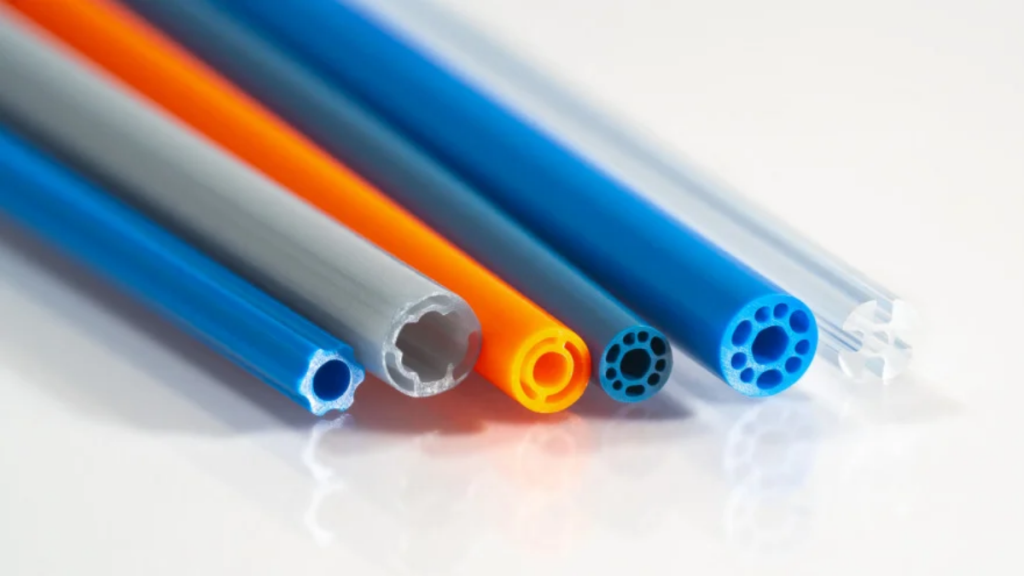Extrusion applied to the medical field is the process that creates a thousand products that have surely made everyone’s life and care better. It’s one of those incredible manufacturing processes that quietly have revolutionized healthcare, without most people ever knowing it exists.
Let’s see what happens when extrusion is applied to the health sector.
Why Extrusion Matters in Medicine
Have you ever wondered how the incredibly precise plastic products used in healthcare are made? The answer is extrusion. This manufacturing technique allows to create all sorts of uniform products by pushing certain materials, like medical-grade polymers, through a specially designed die: this process guarantees to meet insanely strict quality standards.
Medical manufacturers rely on extrusion because it allows them to create complex shapes with safe materials while maintaining also consistent dimensions. These features are absolutely critical in healthcare: whether it’s a tiny catheter or a complex IV bag, extrusion ensures every single product meets exact specifications.
Medical Tubing: More Than Just Plastic Pipes
Medical tubing might look simple, but it’s a marvel of engineering: ultra-precise tubes used in everything from delivering medication to performing delicate surgeries. Every type of tubing is carefully manufactured to answer to different needs – some tubing is specialized to withstand extreme temperatures, others to resist chemical interactions, and some even to remain flexible enough to navigate through human blood vessels.
Different materials like silicone, polyurethane, and medical-grade plastics are extruded into tubes with microscopic precision. A variation of just a fraction of a millimeter could mean the difference between a successful medical procedure and a potential complication.
Medical Bags: Not Simply Containers
IV bags, blood storage containers, and diagnostic sample bags – they all start with medical extrusion. These aren’t just simple containers, they’re sophisticated medical tools designed to prevent contamination, maintain sterility, and sometimes even interact with the substances they’re holding. This is why temperature, impact and corrosion resistance are essential characteristics to look for in an extruded product.
Modern extrusion techniques allow manufacturers to create bags that can easily sustain many sterilization cycles without losing their special properties.
Sheets: Medical Devices For Great Safety
Medical sheets produced through extrusion are used in everything from surgical drapes to wound dressings. These aren’t just pieces of fabric or plastic – they’re engineered to be sterile, flexible, and sometimes even embedded with healing properties.
Extruded sheets are also manufactured to facilitate usage: they are designed with a satin inner finish to prevent the two internal walls of the pocket to adhere. This ensures greater safety and reduces chances of contamination.
The Future of Medical Extrusion
As medical technology advances, so does extrusion. This production technology is developing
incredible innovations like biodegradable materials, smart polymers that can change properties based on temperature, and increasingly complex multi-material extrusions.
So, when thinking about how we can improve our healthcare systems we should not only think about procedures and education; we should also be thinking about the manufacture progress that can help treatment through more efficient extruded products. Because technology involves every field.




